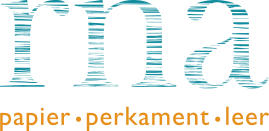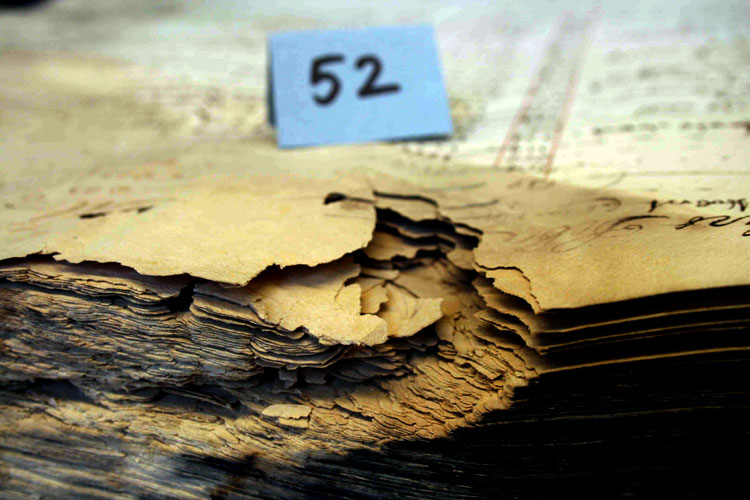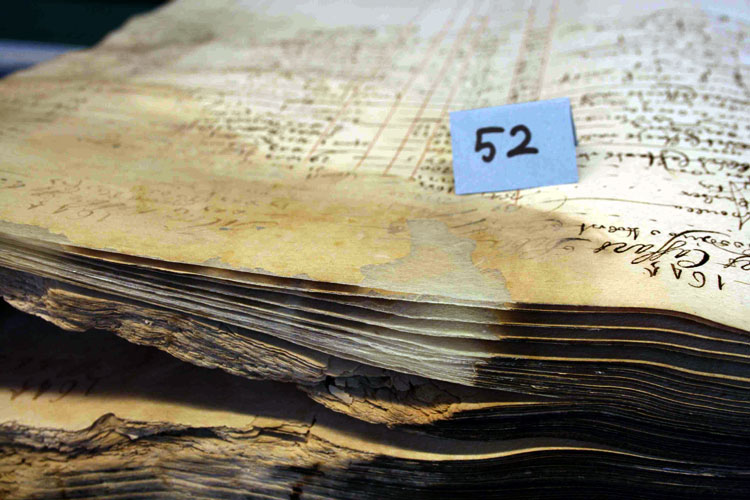In 1609, the Amsterdam city council established the Wisselbank (Exchange Bank) and housed it in the town hall. The bank valued foreign currency and gave common, Dutch money in return. The bank could pay the money in the form of a bill of exchange, actually the precursor of the banknote. The Exchange Bank was also a girobank. The reliable Exchange Bank made international trade a lot easier and all the great traders of the Dutch East India Company had an account at the Exchange Bank.
The parchment bound ledgers of the bank weigh between 15-30 kilos. The heavy paper leaves of the books were written on using a quill. “Must have from” and “Must give to” is written at the top of the pages.
In the summer of 2011, RNA restored 42 of these books. Mold-damaged leaves were reinforced with Japanese paper and lacunae in the parchments covers were infilled.
How are 42 Exchange Bank ledgers from the 17th century prepared for digitization? The restoration process of the heavy books at the Amsterdam City Archives was captured on camera by RNA:


